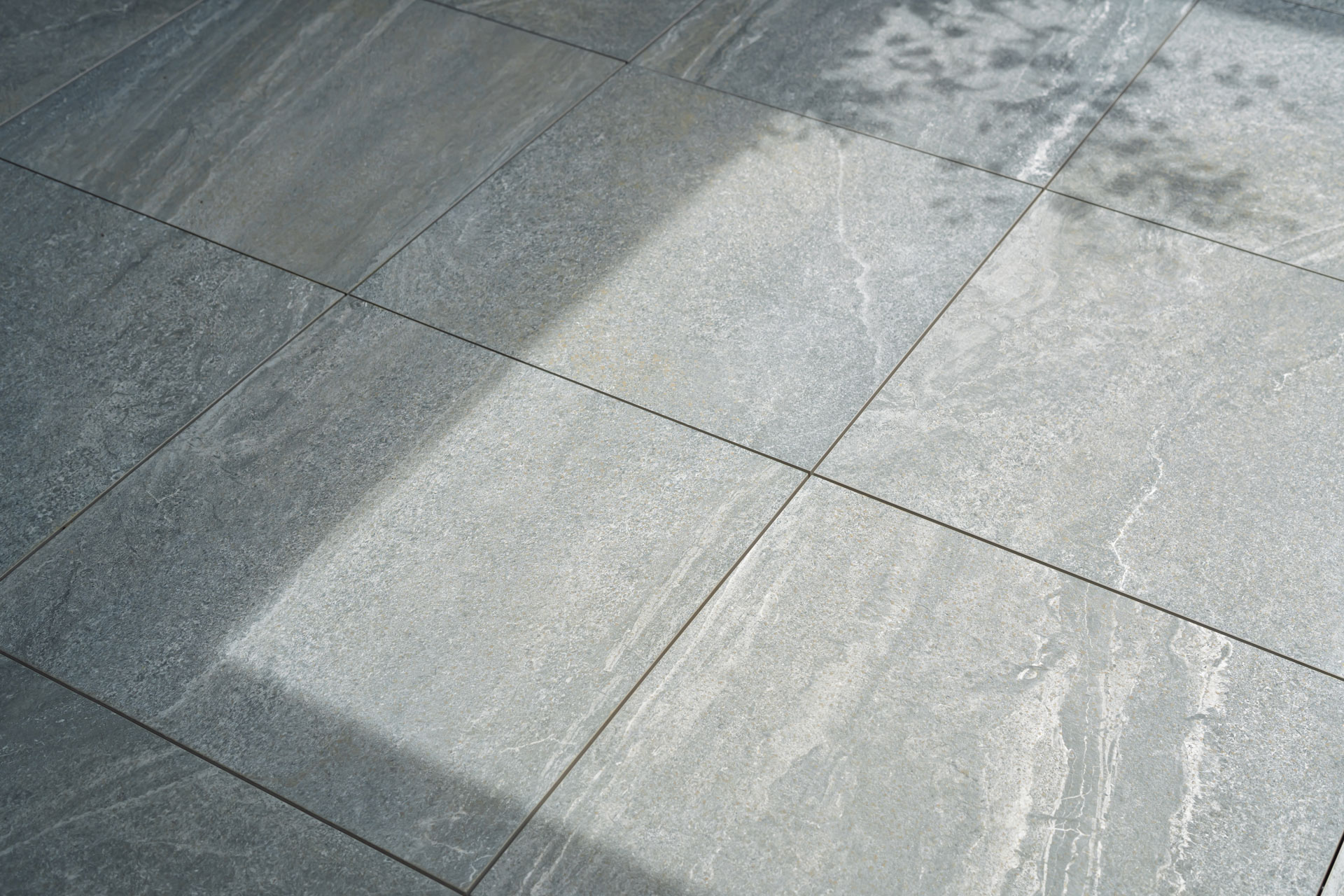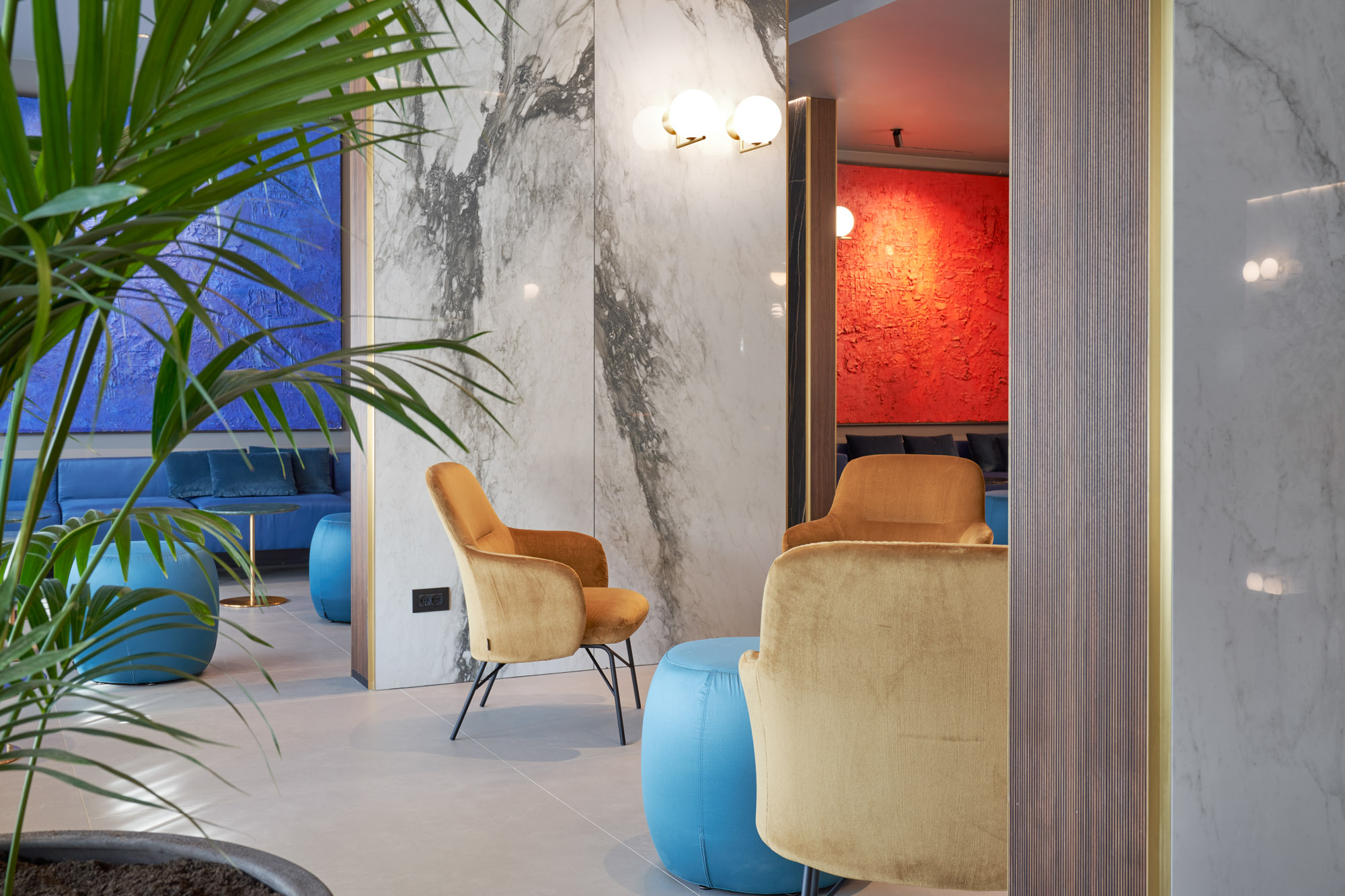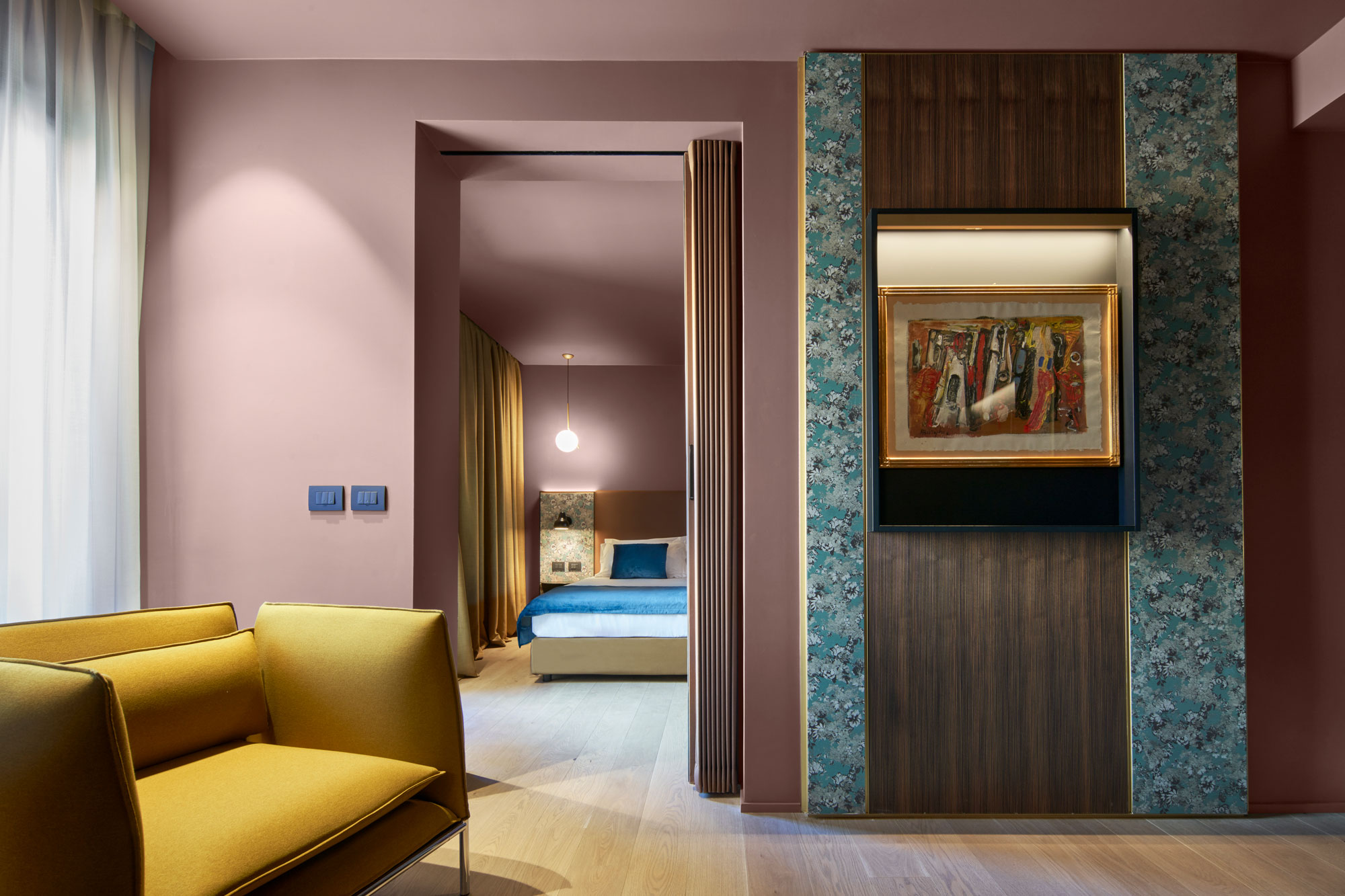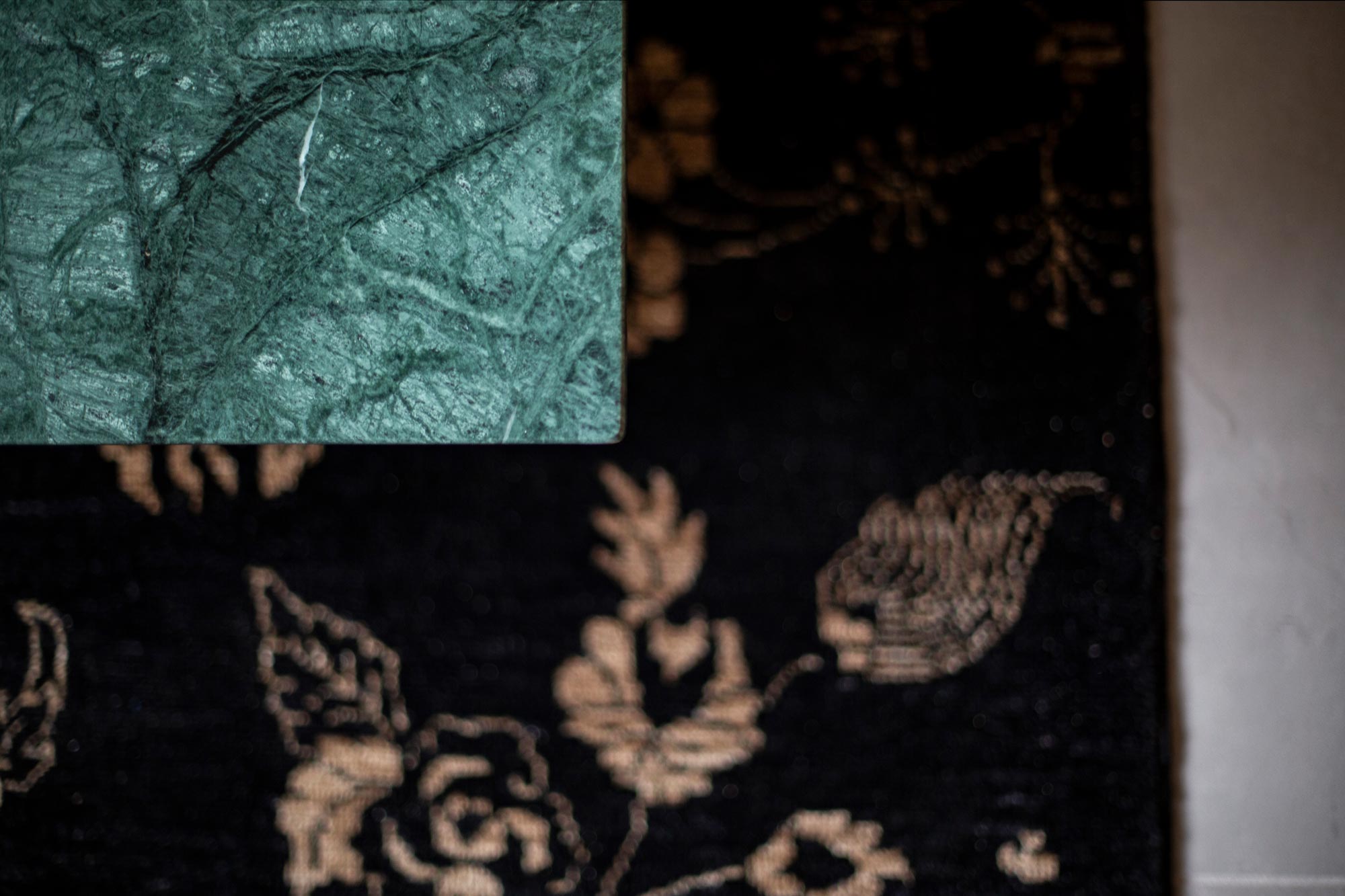An ancient material at the center of contemporary design
Ceramics, for centuries a symbol of craftsmanship and art, is today the absolute protagonist of contemporary interior design. From the Ceramic Valley of Emilia-Romagna come innovative solutions that combine aesthetics, functionality and sustainability, perfectly adapting to residential, commercial and contract spaces.
Thanks to advanced technologies and a continuous stylistic research, the ceramic surfaces are transformed into real furnishing elements, capable of characterizing environments with strong personality.

Floors and walls: textures and sizes for every style
One of the most common uses of ceramic in interior design is in floors and walls. Today the market offers an incredible variety of sizes, finishes and textures: marble effect, wood, concrete, stone or fabric. The ceramic allows to obtain elegant surfaces, resistant and easy to maintain, perfect for both classic and modern environments.
The large porcelain stoneware slabs, flagship of Emilian production (Sassuolo, Fiorano, Casalgrande), allow to create visual continuity between walls, floors and furnishings, giving the spaces a feeling of amplitude and harmony.
Decorative ceramics: artistic walls and unique pieces
In addition to functional uses, ceramic is increasingly chosen for its decorative strength. Glazed tiles, modern majolica, artistic mosaics and geometric patterns transform the walls into real ceramic murals. These solutions are ideal for kitchens, bathrooms, but also for living rooms and bedrooms looking for a distinctive touch.
The craftsmanship tradition of Faenza and emerging designers from the region collaborate to create exclusive collections, often handmade or in limited series. The use of decorative ceramics allows you to tell a story through spaces, combining tradition and innovation.
Furniture and accessories: the ceramic as a piece of furniture
More and more often, ceramic is also established in the world of furniture and interior accessories: tables, lamps, vases, washbasins, even seats and kitchen countertops. Thanks to the versatility of the material and its hygienic and thermal properties, it is also used in previously unimaginable contexts.
The collaborations between the ceramic companies of Motor and Ceramic Valley with international designers (e.g. Patricia Urquiola, Piero Lissoni, Mutina, Florim) have resulted in sophisticated and eco-sustainable furnishing projects, perfect for minimalist, industrial or eclectic spaces.

Trends 2025: sustainable and customisable surfaces
The new trends in interior design for 2025 see ceramics as the protagonist of two main strands: sustainability and personalization.
Ceramic Valley companies focus on:
• Recycled materials and low-impact production cycles.
• Antibacterial and breathable finishes.
• High-definition digital prints for custom designs.
• Natural colors and palettes inspired by the earth and nature.
These innovations make it possible to design unique interiors, consistent with the values of contemporary living and the needs for comfort and health.
Creative ideas: how to use ceramics in your home
Here are some practical ideas to enhance the ceramic in your interior design:
• Spa-style bathroom: it uses large stone or marble effect stoneware slabs, combined with matt ceramic sanitary ware for a luxury effect.
• Modern kitchen: cover the kitchen wall with relief tiles or optical patterns to create an original focal point.
• Scenic entrance: a decorated ceramic wall welcomes and surprises from the entrance.
• Reading or study corner: use handmade tiles to create a niche or suggestive wall background.
• Elegant outdoor: use the resistance of ceramic to floor terraces, pool edges or courtyards with style.
Ceramic is much more than a simple coating: it is an element of style, culture and innovation, capable of transforming any space in a long-lasting and elegant way.
From the tradition of the Ceramic Valley to the latest design trends, this material is an irreplaceable ally for those seeking beauty, functionality and sustainability.


